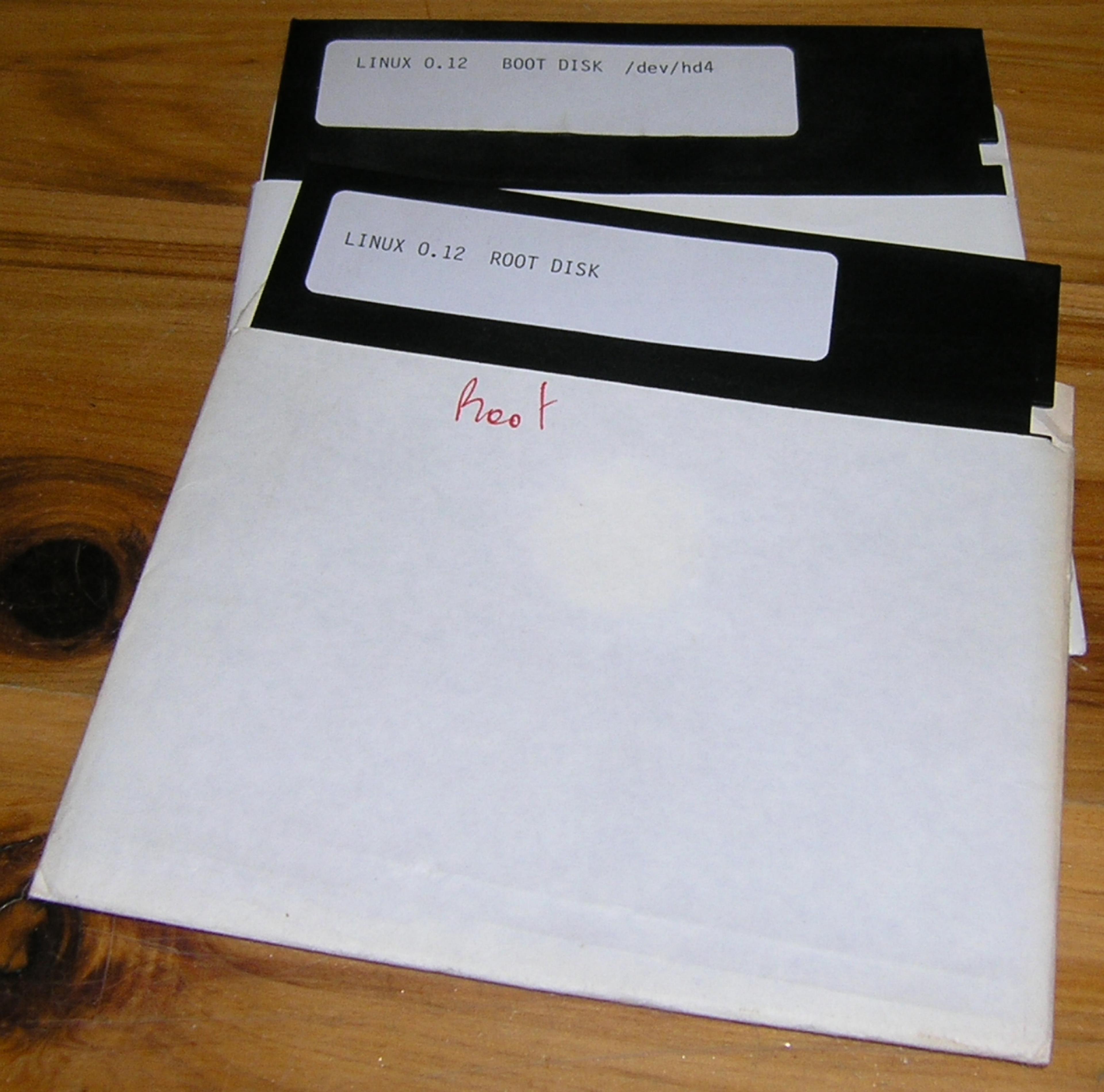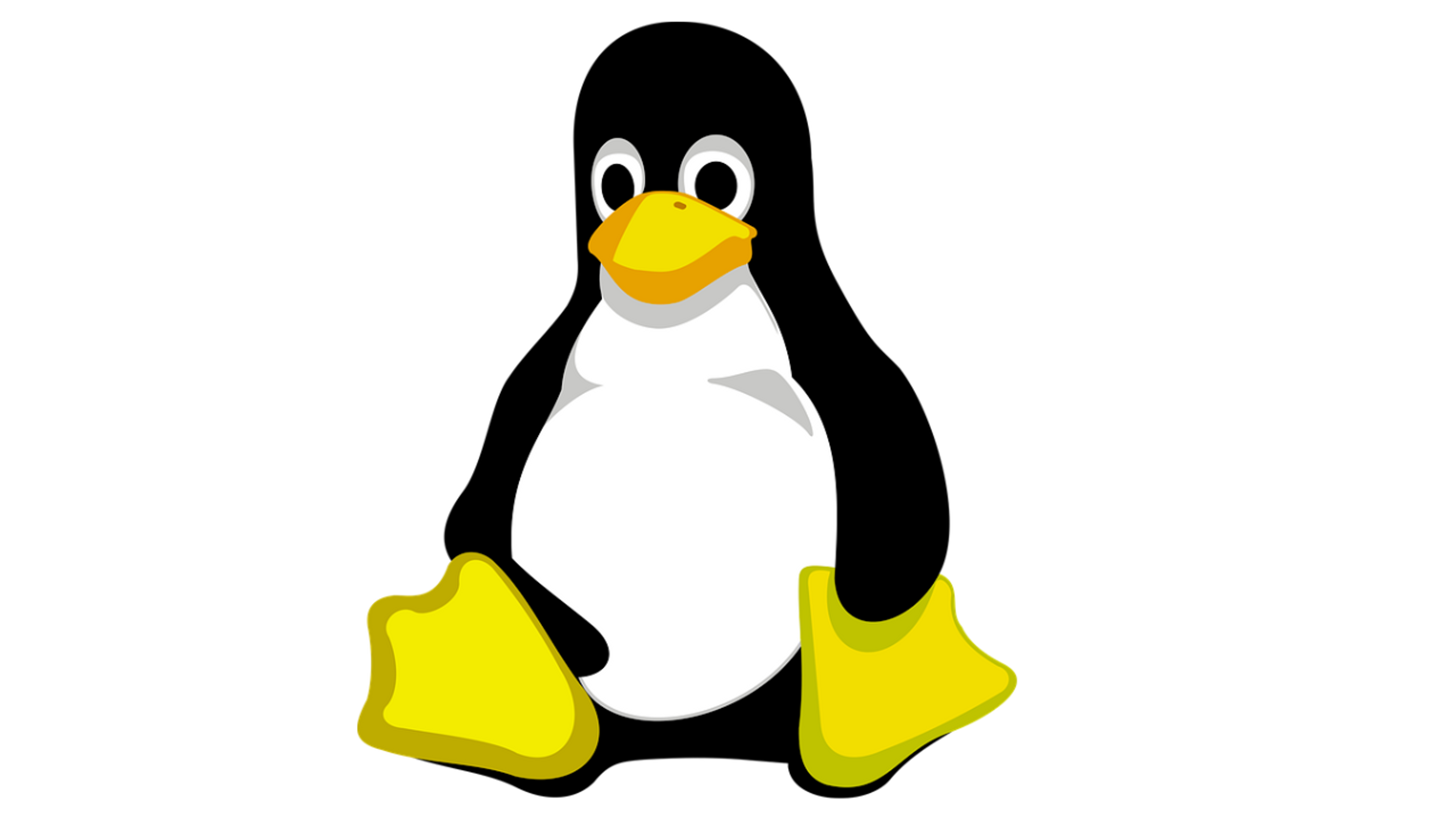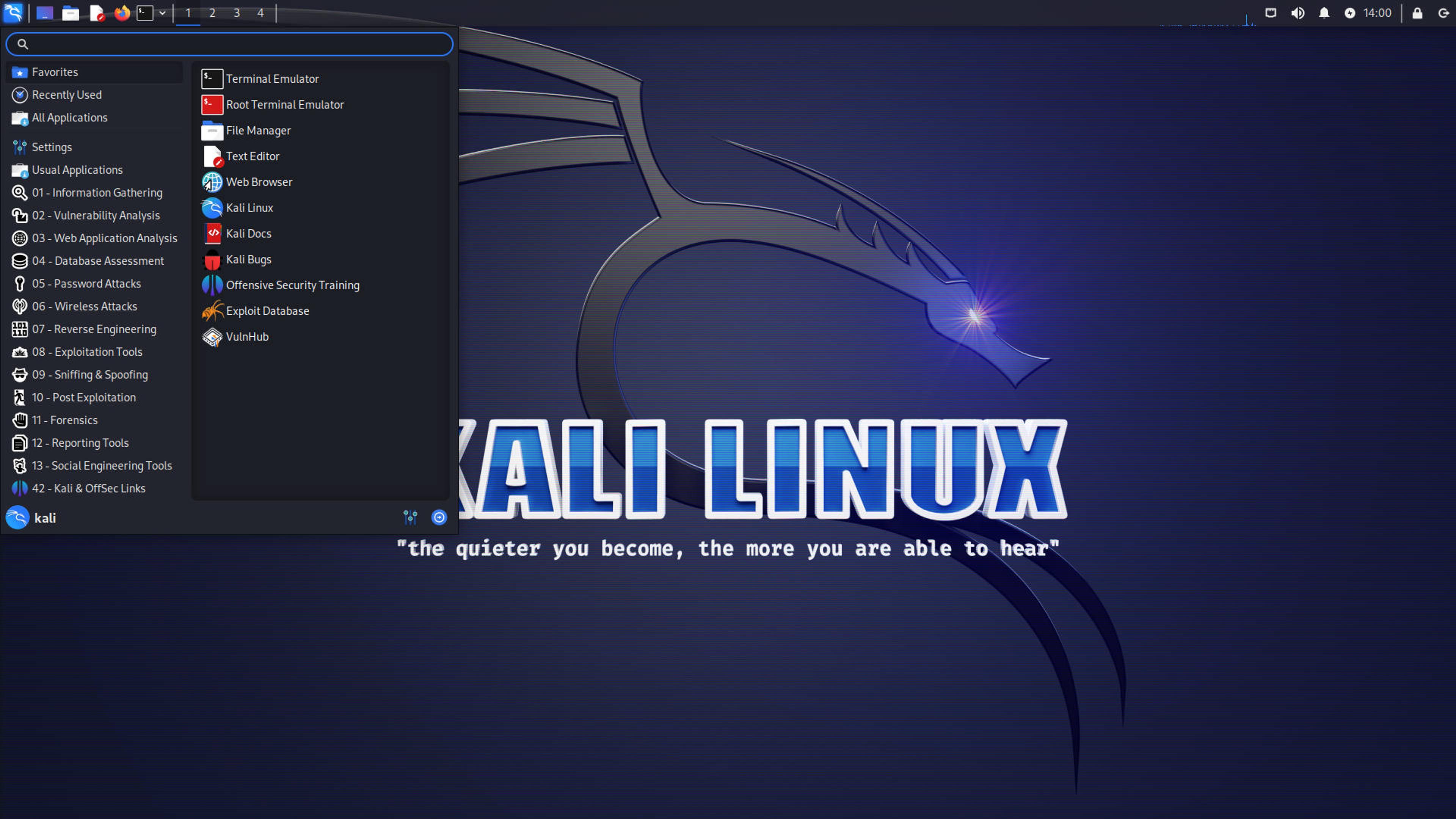Linux is a free and open-source operating system, which has become extremely popular due to its versatility and flexibility. In this article, we will go through the history of Linux and its features.
History of Linux

The development of Linux started in 1991, when Linus Torvalds, a Finnish computer science student, released the first version of Linux. He had developed it together with other volunteer programmers and released it under the GNU General Public License. This meant that anyone could use and modify Linux for free.
The original purpose of Linux was to be a Unix-based operating system that runs on Intel processors. It was intended for use on small computers, and its development was initially a hobby for Linus. However, as Linux gained popularity, it began to receive support from more and more volunteer programmers and companies who helped further develop it.
Linux's popularity grew rapidly due to its versatility and flexibility. It was developed openly, which meant that everyone could use it for free and further develop it. This attracted programmers from around the world, and soon Linux became one of the world's most popular operating systems.
Features of Linux
Linux is a versatile operating system that offers many features and benefits to its users. Here are some of the key features of Linux:
- Free and open-source: Linux is free and its source code is open, which means that users can download, use, and modify it for free.
- Versatile: Linux can be used in various devices such as computers, smartphones, routers, and servers.
- Secure: Linux is a secure operating system that is less susceptible to viruses and malware compared to other operating systems.
- Performance: Linux is a fast and efficient operating system that can handle large amounts of data quickly.
- Easy to use: Linux is easy to use and its interface is clear and user-friendly. Linux can also be used via command prompt, which gives the user more control over the system's operations.
- Diverse software support: Linux has a wide range of software that is free and open source. These include, among other things, word processors, image editing software, web browsers, email programs, and server software.
- Flexibility: Linux can be edited and customized according to the user's needs. The user can change system settings, add software, and customize the user interface according to their own needs.
Using Linux
Linux can be used in various devices and its usage is relatively easy, although it may initially feel somewhat different than other operating systems. The interface of Linux is usually clear and user-friendly, but it can vary slightly between different distributions.
Linux can be used with either a graphical user interface or a command prompt. The graphical user interface is usually easier to use and is more suitable for beginners, while using the command prompt requires a bit more technical expertise.
To use Linux, you also need some basic skills, such as copying and moving files, installing and uninstalling programs, compressing and decompressing files, and setting up network connections. You will learn these skills next in this course.
Some popular Linux distributions include Ubuntu, Fedora, Debian, CentOS, and Arch Linux. Each distribution has its own features and strengths, so users should explore different options before choosing their operating system. A common choice for ethical hackers is the Debian-based Kali Linux, which we will discuss soon.
Tux
Tux is the well-known mascot of Linux, which has gained a lot of attention and popularity worldwide. Tux is a joyful penguin who is the symbol of Linux and represents the openness and community of the system.

Tux's story began in 1996 when Linux developer Linus Torvalds asked the user community to design a new mascot for Linux. There were many proposals submitted for the competition, but eventually Tux was chosen as the winner.
Tux is named after Torvalds' liking for penguins, and its appearance is based on a drawing by Larry Ewing. Tux is a happy and smiling penguin, standing on two legs and curiously looking at the world around it.
Tux has received a lot of attention and popularity worldwide, and it is widely used in the marketing and advertising of Linux. Tux has also earned its place in the hearts of the Linux user community and is often used as icons for the system's user interface and software.
Tux represents the openness and community spirit of Linux, and its cheerful appearance reflects the positive and encouraging nature of Linux. The popularity of Tux demonstrates that Linux is more than just an operating system, but also a community that shares values and goals.
All in all, Tux is an important part of Linux's history and culture. It represents the openness, community spirit, and joyful atmosphere of Linux, and it has gained a lot of attention and popularity around the world. Tux's story is part of Linux's story, and it continues to inspire and encourage the Linux user community and beyond.
Hackers like Linux
Linux has had a significant presence in hacker culture, emphasizing openness, creativity, and collaboration. The source code of the operating system is available to everyone, and anyone can participate in its development and improvement. This openness has motivated many hackers from around the world to contribute to the development and spread of Linux.
Hacker tools are often Linux-based

Linux is also a popular operating system in many hacking tools and software. For example, Kali Linux is a Linux-based operating system designed specifically for security and hacking purposes. Kali Linux includes a wide range of security testing tools, such as Metasploit Framework, Nmap, and Wireshark.
Conclusion
Linux is a free, open-source operating system that offers users many advantages and features. Its history began in 1991 as a hobby of Linus Torvalds and it has grown into one of the world's most popular operating systems.
Linux is an important part of modern information technology and its usage is constantly expanding.
For an ethical hacker, Linux is almost essential tool, so let's start practicing the use of the Linux command line in the following module.


Ready to become an ethical hacker?
Start today.
As a member of Hakatemia you get unlimited access to Hakatemia modules, exercises and tools, and you get access to the Hakatemia Discord channel where you can ask for help from both instructors and other Hakatemia members.



